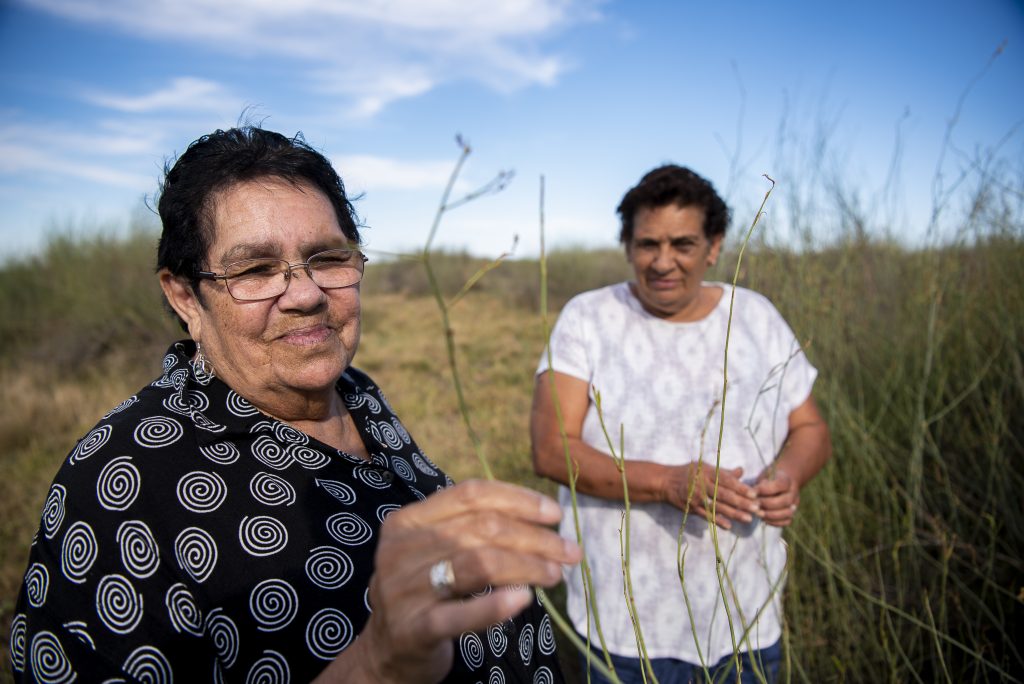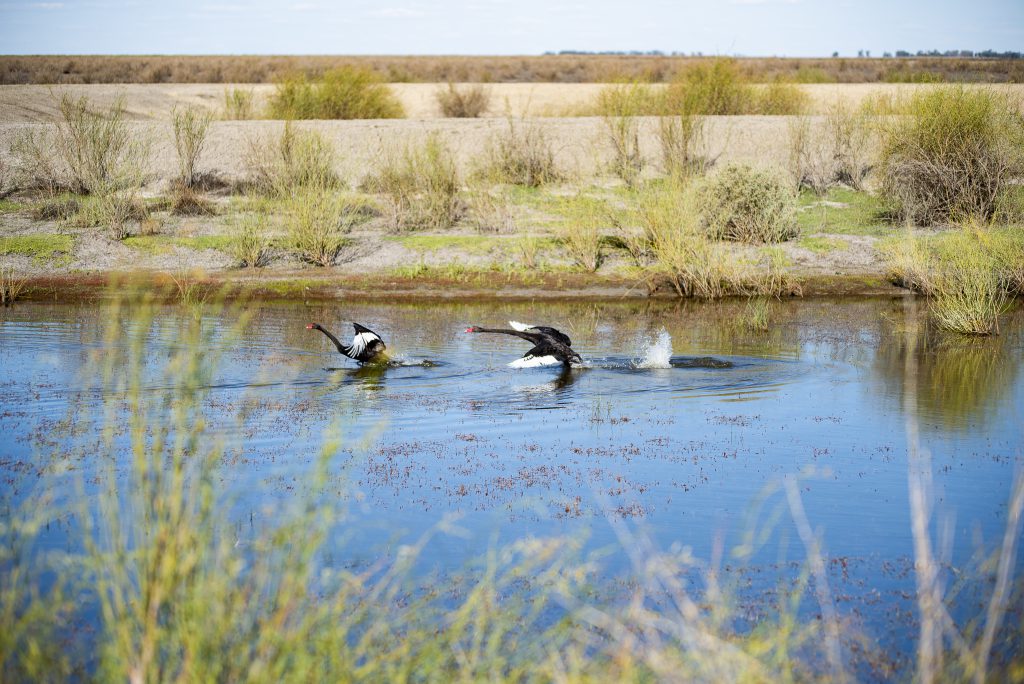
The handing back of an 88,000-hectare property in southern New South Wales to its Traditional Custodians will ensure the protection of ecologically vital wetlands and significant Aboriginal heritage sites.
Gayini (Nimmie-Caira) is an environmentally and culturally significant property on the Murrumbidgee floodplains, referred to as the ‘Kakadu of the south’, which is a breeding ground for wildlife. Gayini is an area critical to the health of the floodplains.
Gayini is an amalgamation of 19 parcels of land that were purchased as part of an agreement between the Federal and NSW Governments in 2013 for $180 million under the Murray-Darling Basin Plan water buyback scheme.

Gayini has been co-managed by the Nari Nari Tribal Council since May 2018 as part of a consortium including The Nature Conservancy, the Murray Darling Wetlands Working Group and the Centre for Ecosystem Science at the University of NSW.
The purchase and handing back of Gayini was facilitated by The Nature Conservancy (TNC) and made possible through co-funding from the Indigenous Land and Sea Corporation (ILSC) and the Wyss Campaign for Nature.
Nari Nari Tribal Council (NNTC) Chairman, Ian Woods, said the official handing back of the property to Traditional Custodians on March 20 will enable the Nari Nari people to reconnect with their country.
“This is a significant event for the Nari Nari people, who have been using traditional knowledge to sustain our country for thousands of years,” he said.
“Now with the ownership being officially handed back, we can continue to protect the environment, preserve the Aboriginal heritage of the land and enable the intergenerational transfer of knowledge of caring for country.
“We have identified and recorded around 2,000 cultural sites on the property including burial sites, middens and camp sites, which will now be under our protection.
“Having the property back in Nari Nari hands will also allow us to pursue sustainable sources of income such as carbon farming, grazing in non-sensitive areas and cultural eco-tourism.”
ILSC Director, Roy Ah-See, said the partnership between government, Aboriginal people and environmentalists would benefit both the Nari Nari people and the wider region.

